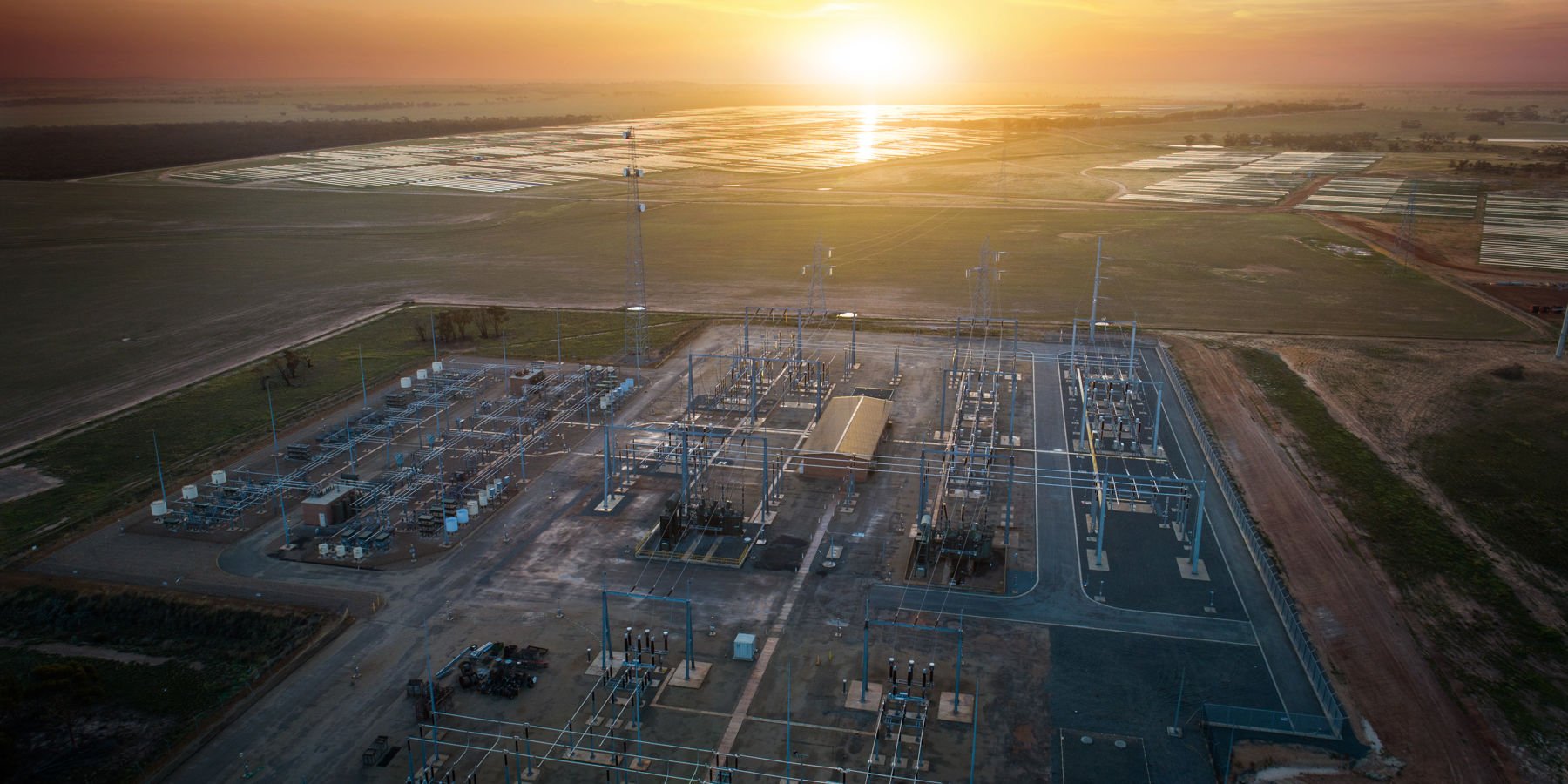How our energy needs will be met in the future has been laid out by the Government’s release of its Whole of System Plan (WoSP).
From an energy viewpoint, Western Australia is a big place, with more than 2.3 million customers - homes and businesses - needing power to run their lights and lives every day.
Western Power manages the South West Interconnected Grid System (SWIS), which accounts for the electricity network from Kalbarri in the north inland to Kalgoorlie to Esperance on the south-coast.
Although Western Power is the network Distribution System Operator, we work with many others in the energy industry, including the government, power generators and other network providers like Horizon.
Together, as new technologies have created new opportunities for the way energy is created and managed, we have been transforming towards a brighter energy future.
How the SWIS will operate in the future has been laid out in the State Government’s Whole of System Plan (WoSP).
What is the WoSP?
The WoSP is a long-term and detailed plan developed by Western Power, the State Government, EPWA and AEMO.
It documents how the generation, management and distribution of energy in the SWIS will change over the next few decades, and what needs to be done to respond, such as the investment or infrastructure required.
Four different credible scenarios have been modelled, looking at how we might continue to achieve lower-cost, lower-emissions electricity in the future.
What does our energy future look like?
The WoSP has nine key themes and expectations that will guide the future of energy in the SWIS.
These are:
- Renewables in the SWIS and increasing diversity – WA will continue to embrace renewable energy. In all four modelling scenarios, it’s expected that by 2040, more than 70% of generation capacity will be renewable.
- The dominance of rooftop PV – already one of the largest generators of power in the SWIS, rooftop PV is expected to continue to displace large-scale generators, particularly coal and large solar, with gas and battery storage offsetting the intermittency of power.
- Wind generation in the south – there are more opportunities for wind power generation in the south-west that can be utilised.
- Economic pressure on coal-fired generation – Coal will continue to be part of the generation mix but will reduce output as it is displaced by lower cost technologies
- Emissions impact - Even though energy demands are expected to increase, emissions will decrease through the use of more renewable power, supported by energy storage
- Energy storage plays a strong role – Energy storage, particularly batteries and including large-scale network batteries, will be crucial to offset the intermittency of renewable power
- Transmission network augmentation requirements – this refers to upgrades or expansion of the network. The modelling shows what might be required is dependent on the level of future energy demand.
We’ve been considering and planning for the future of the network for some time now.
The WoSP provides further support to the direction we have been taking to create a more modular and renewable grid, and the technologies and projects we have been trialling and implementing over the past few years, such as SPS, community batteries, microgrids and Flexibility Services.
We have more work underway to support the vision of the WoSP - adapting and integrating the two-way flow of renewable power from solar and wind into the grid and making the most of new technologies to deliver sustainable and reliable electricity for the emissions and cost.
Future of our Grid
Working with our other partners in the WoSP, we have a blueprint to support and improve the energy network for West Australians for decades to come.
